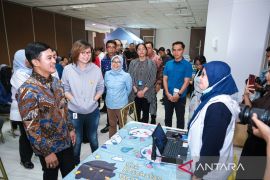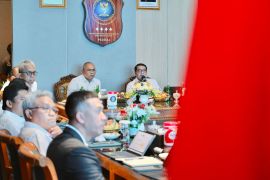The three aspects are the position of the tourist destination, economic activities in the villages, and their potential role in the supply chain for tourism, Tanoesoedibjo said in a statement obtained here on Saturday.
By considering the three aspects, tourism villages are expected to increase tourist stay period and spending while improving people's prosperity, she remarked.
Regarding to the position of the tourist destination, she elaborated, tourism villages must have facilities for tourists who want to stay for some time in the region.
"The development of the village is intended as a tourist destination that can be visited for a stay and to know further the villagers' culture," Tanoesoedibjo noted.
She took the example of Wae Rebo Tourist Village in East Nusa Tenggara, where tourists have to travel for four to six hours on land and hike for two hours to reach the village.
However, this long journey does not discourage tourists to visit, feel and see the culture that is still being preserved by the people.
Tourism villages are also expected to present a variety of creative economy activities, such as batik-making activities in Giriloyo Tourism Village, Yogyakarta, thus giving new experiences to tourists.
Tourism villages could also play their role in the supply chain of tourism, especially villages that focus on agrotourism, as they could establish cooperation with hotels and restaurants to supply eggs, vegetables, fruits, and snacks produced by local micro, small and medium enterprises (MSMEs).
"This is a good opportunity. We believe that tourism villages can create jobs and we expect that village youngsters will remain in villages to create and develop the villages," she noted.
Related news: Environmental conservation-based tourism to be new attraction
Related news: Indonesia's ASEAN chairmanship to promote domestic tourism: Minister
Related news: Minister ready to visit 75 tourist villages within ADWI program
Translator: Sinta Ambarwati, Fadhli Ruhman
Editor: Sri Haryati
Copyright © ANTARA 2023












